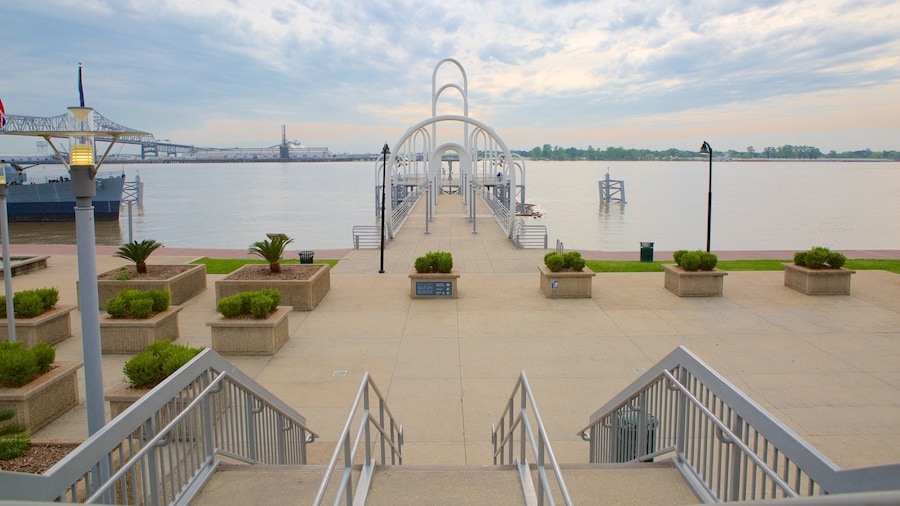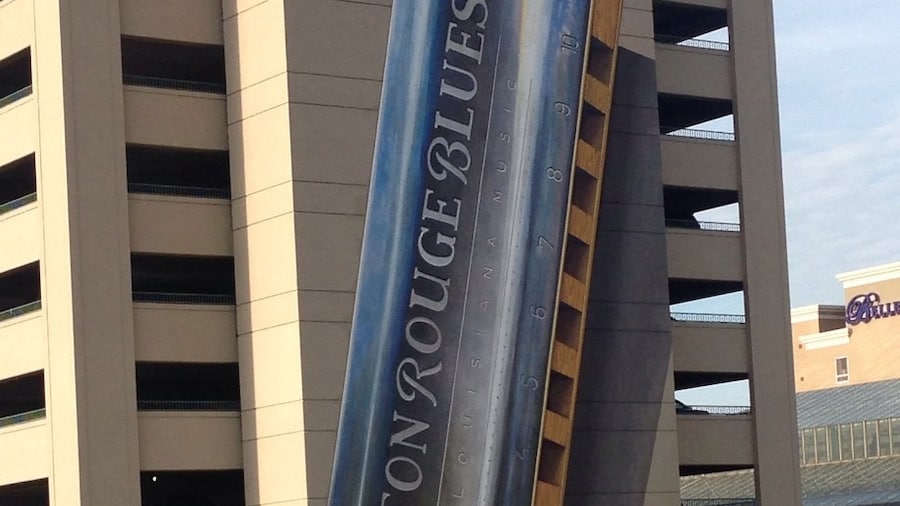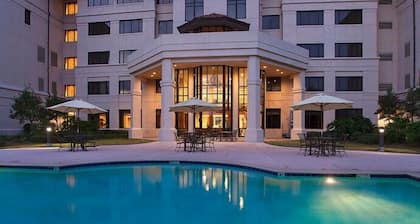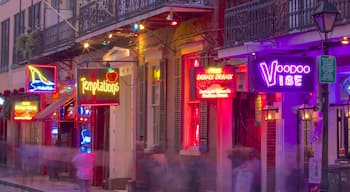As the oldest neighborhood in Baton Rouge, the Spanish Town Historic District is characterized by its 19th-century house façades. Sweeping across an area of 50 acres (20 hectares), the district is known for hosting the city’s largest Mardi Gras parade. Consider the rich history and varied culture of this zone as you stroll down its charming tree-lined streets.
Reach the Pino House that was constructed in 1823, making it the oldest structure in the district. Admire the wood frame and elegant style of this cottage-like building. A little east along the same street stands the Potts House, which was built in 1846 and showcases a classic revival design. Check out the nearby Stewart-Dougherty House that has also stood on this street since the 1850s.
Sip hot beverages and people-watch in the century-old Spanish Town Market, which plays a key role in the local culture. Here, you have the opportunity to chat with locals and listen to live music.
Bordering the northwestern limits of the historic zone is State Capitol Park, which features landscape gardens and views of the towering State Capitol Building that houses the Louisiana Welcome Center. Learn about local history and culture in the Capitol Park Museum at the southern end of the park. The zone developed in the early 19th century, becoming a hub for Spanish-speaking immigrants.
Plan to visit Baton Rouge in early spring to marvel at the extravagant and satirical floats that pass by in the Mardi Gras parade. Much of the parade centers on crass or adult humor, making it somewhat inappropriate for children, but wildly popular with adult residents and visitors. Notice the array of pink flamingo models, which have become a symbol of the area’s eccentricity.
The Spanish Town Historic District runs across the center of Baton Rouge. Take a bus to one of the many stops across this old quarter or walk here from the coast in just a few minutes. Head south for local landmarks such as the LSU Museum of Art, Louisiana’s Old State Capitol and the Raising Cane’s River Center Arena.




















